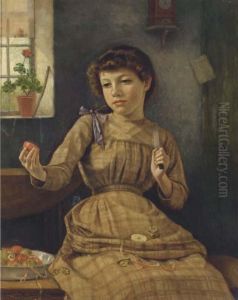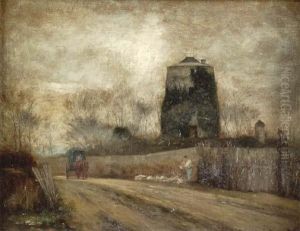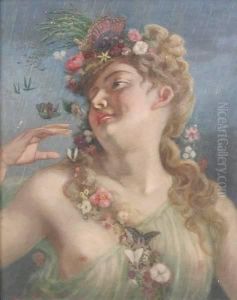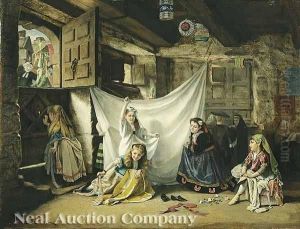Charles Bridgman Paintings
Charles Bridgman was an influential English garden designer and landscape architect during the early 18th century, playing a pivotal role in the development of the English landscape garden, which moved away from the more formal, geometric French style of gardening towards a more naturalistic approach. Born in 1690, Bridgman's early life and training are not well-documented, but he emerged as a prominent figure in gardening by the 1720s.
Bridgman's work marked a transitional period in garden design. He introduced the concept of the 'ha-ha', a sunken fence that created a visual extension of the garden into the landscape beyond without interrupting the view with physical barriers. This innovation allowed for an unbroken landscape that appeared to be natural and boundless, an idea that was revolutionary at the time and would become a staple of English garden aesthetics.
Although Bridgman did not leave behind any written works, his designs and contributions to various gardens were recorded by others. He succeeded Henry Wise as Royal Gardener to George II, and his works included Stowe in Buckinghamshire, where he collaborated with the owner Viscount Cobham, and Claremont, Surrey. His designs at Stowe were later modified by his successors, including William Kent and Lancelot 'Capability' Brown, both of whom are more widely remembered today for their contributions to landscape gardening.
Charles Bridgman's death in 1738 marked the end of his direct influence on the evolution of English gardens, but his legacy persisted in the work of those he influenced. The shift towards more natural landscapes that Bridgman helped initiate continued to dominate English garden design throughout the 18th century and beyond.



